Honoring the Legacy of Iconic American Ballerina Maria Tallchief
The Company honors the centenary of Maria Tallchief’s birth with three Balanchine works created on the great ballerina. Tallchief danced in the 1952 premiere of Scotch Symphony, a romantic ballet in which Balanchine paid homage to the dramatic landscape and atmosphere of the Scottish Highlands. A pas de deux inspired by the full-length Sylvia returns to the repertory after 30 years, and features intricate classical steps that highlighted her spectacular technique. And Tallchief was also renowned for her performance in the title role of Firebird, an allegorical fantasy set to Stravinsky’s brilliant score.
A scenic escapade in the Scottish Highlands, this charming Balanchine ballet features brisk footwork and a wistfully romantic pas de deux.
New York City Ballet first appeared at the Edinburgh Festival in August 1952. George Balanchine was so impressed by the grandeur of the landscape, and the parade of the massed Scottish regiments in their stirring Night Tattoo, that he paid homage to the sweep and freshness of the highlands with this work, set to Mendelssohn’s early romantic symphony inspired by the composer’s 1829 visit to Scotland.
Without recreating any specific ballet, Balanchine nevertheless freely evokes the situations and style of such 19th century ballet favorites as La Sylphide, which had a Scotch locale, and served as a prototype for Michel Fokine’s Les Sylphides.
This delightfully romantic pas de deux is made all the more charming by fairy tale costumes and Léo Delibes’ soothing strings.
Sylvia: Pas de Deux is in the tradition of a grand pas de deux, with entrée, adagio, two solos, and a coda.
This ballet is in the tradition of a grand pas de deux, with “Entree,” “Adagio,” two solos, and a “Coda.”
Dressed in Chagall’s exquisite sets and costumes, Firebird illustrates an enchanting Russian fairytale and the fantastical creatures of its strange world.
In 1910, following the first successful season of the Ballets Russes in Paris, Serge Diaghilev commissioned a full-length ballet score from a young composer, Igor Stravinsky. The result — Firebird — was Stravinsky's first ballet score, and a major critical and popular success for Diaghilev, Stravinsky and its choreographer Michel Fokine. New York City Ballet first presented Firebird in 1949 at City Center, with choreography by George Balanchine, scenery and costumes by the painter Marc Chagall, and Maria Tallchief in the leading role. Because Balanchine chose to use the orchestral suite, rather than the complete three-act score, he simplified the story and emphasized the mythical elements of the Firebird’s character. In 1970, a new production was mounted to adapt to the larger proportions of the New York State Theater (now the David H. Koch Theater). The costumes, of extraordinary complexity and fantasy, were created by Madame Karinska from Chagall’s original designs. Chagall expressed great pleasure at the devotion and inventiveness with which Madame Karinska interpreted his watercolor sketches in textiles, plastics, paint, and mineral materials. The choreography represents a collaboration between Balanchine and Jerome Robbins, the latter being responsible for the episode with Kastchei the Wizard and his subjects. Balanchine entirely redesigned his dances in light of the designs, conceiving the ballet as Chagall accompanied by music and dance. In 1972 and 1980 Balanchine again changed his choreography (as well as the costume) for the character of the Firebird to suit the qualities of the ballerina cast in the leading role.
The Firebird has been restaged by many choreographers, including George Balanchine and Jerome Robbins (co-choreographers).
The work was staged by George Balanchine for the New York City Ballet in 1949 with Maria Tallchief as the Firebird, with scenery and costumes by Marc Chagall, and was kept in the repertory until 1965. The ballet was restaged by George Balanchine and Jerome Robbins in 1970 for the New York City Ballet with elaborated scenery by Chagall, and with new costumes by Karinska based on Chagall's for the 1972 Stravinsky Festival that introduced Gelsey Kirkland as the Firebird.


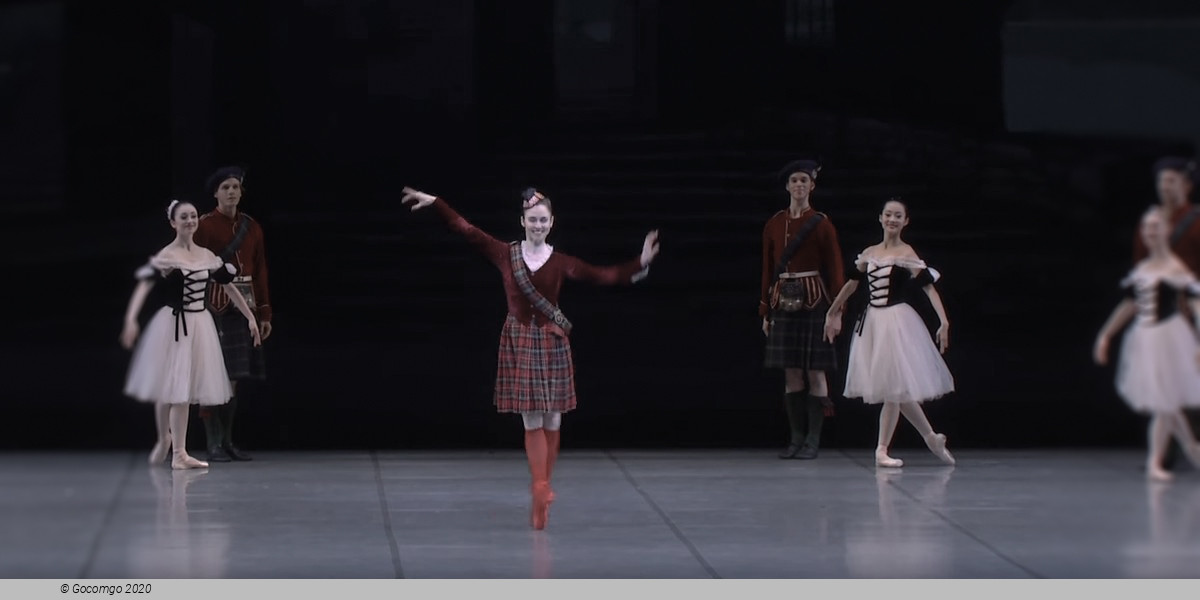
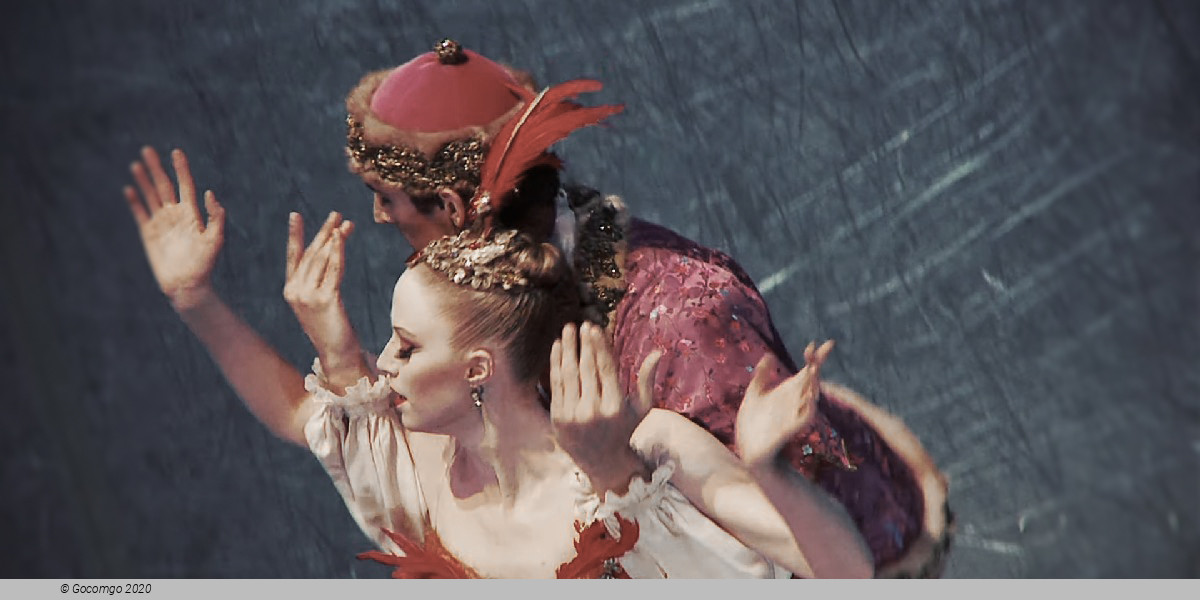

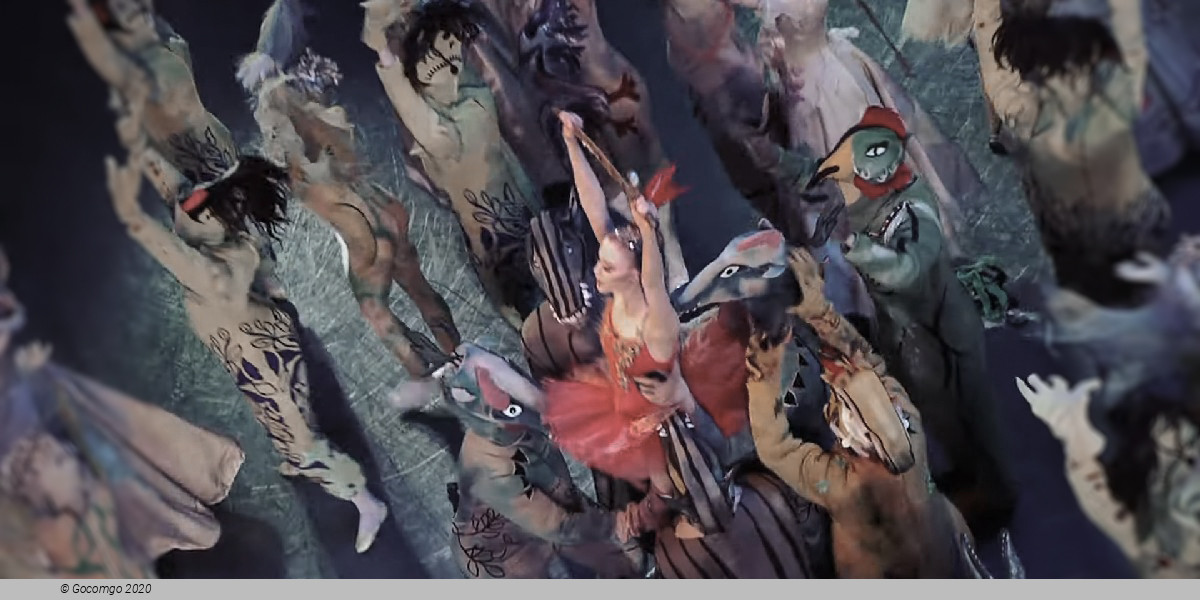
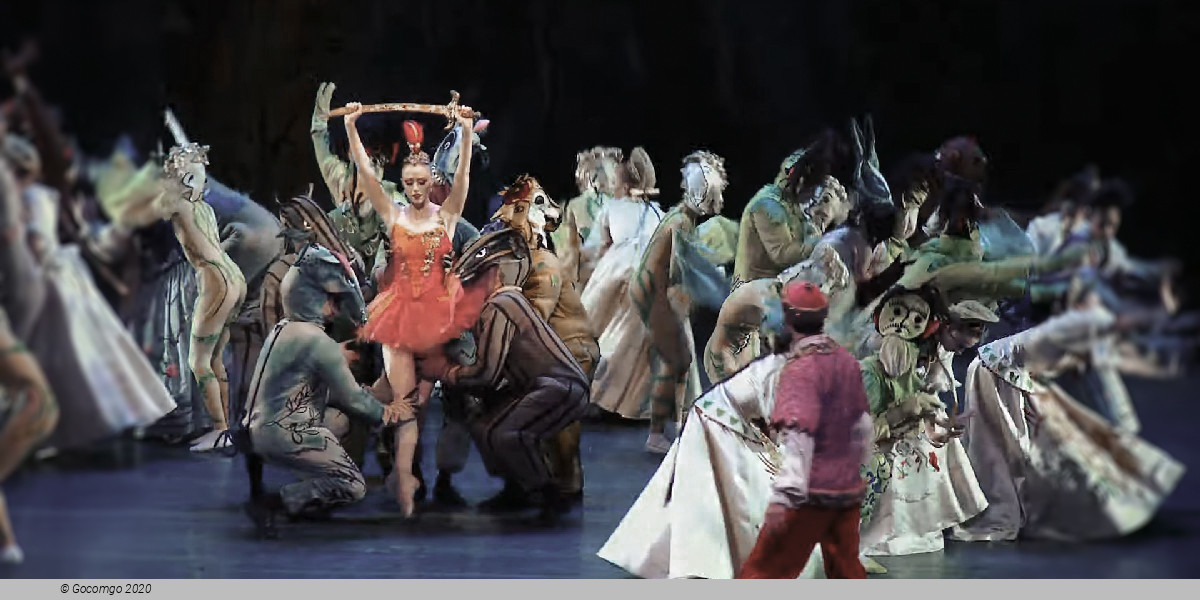

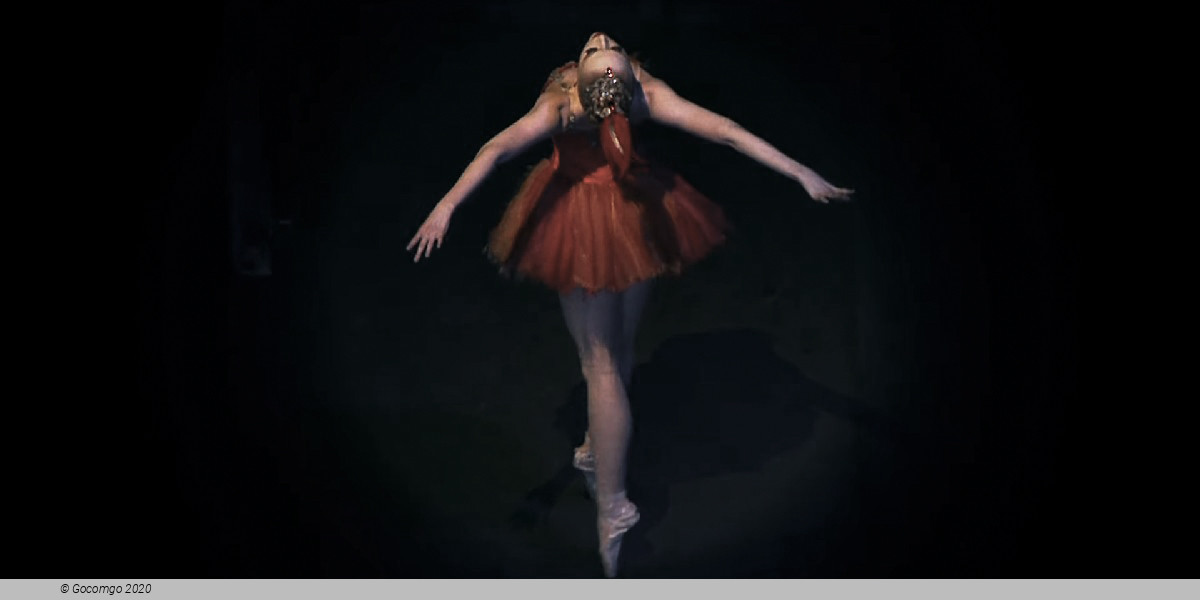
 20 Lincoln Center Plaza
20 Lincoln Center Plaza